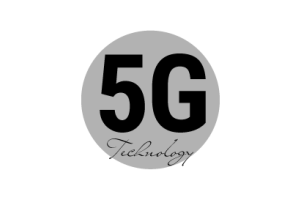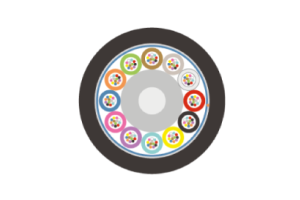
What Is Fiber Optic Technology?
Fiber optic technology uses thin strands of glass or plastic to transmit data using light signals. These strands, called optical fibers, are encased in a protective jacket and bundled together to form a cable.
One of the main advantages of fiber optic technology is its high bandwidth, which allows it to transmit large amounts of data at high speeds. It is also immune to electromagnetic interference, making it a reliable choice for transmitting data over long distances.
Fiber optic cables have a number of applications, including telecommunications, internet connectivity, audio and video transmission, and medical imaging. They are also used in military and defense systems, as well as in construction for structural monitoring and lighting.
Fiber optic cables have several advantages over traditional copper wires, including higher transmission speeds, greater resistance to signal degradation, and lighter weight. However, they can be more expensive to install and maintain, and require specialized training and equipment to work with.
Overall, fiber optic technology has revolutionized the way we transmit and receive data, and will continue to play a crucial role in the development of modern communication systems.
The History of Fiber Optic Technology
The concept of using light to transmit data dates back to the early 1800s, when the British scientist Alexander Graham Bell proposed the idea of using light to transmit sound. However, it wasn't until the 1950s that the first practical fiber optic cables were developed.
The history of fiber optic technology can be divided into several key milestones:
- 1950s: The first practical fiber optic cables are developed, using glass fibers to transmit light signals.
- 1970s: Fiber optic cables are used for the first time in telecommunications systems, replacing traditional copper wires.
- 1980s: Single mode fiber optic cables are developed, allowing for the transmission of data over long distances.
- 1990s: Fiber optic technology becomes more widely used in telecommunications, internet connectivity, and data transmission.
- 2000s: The use of fiber optic cables continues to expand, with the development of fiber to the home (FTTH) systems and the deployment of fiber optic cables for high-speed internet access.
Today, fiber optic technology is an integral part of modern communication systems, and is used in a wide range of applications, including telecommunications, internet connectivity, audio and video transmission, and medical imaging. It is a reliable and efficient choice for transmitting data over long distances, and will continue to play a crucial role in the development of modern communication systems.
The Future of Fiber Optic Networks
Increased connectivity: As more and more devices and services become connected to the internet, the demand for high-bandwidth connectivity will only continue to grow. Fiber optic technology is well-suited to meet this demand, as it can transmit data at extremely high speeds and over long distances.
Improved speed: Fiber optic cables are capable of transmitting data at much higher speeds than traditional copper wire networks. This makes them ideal for applications that require high-bandwidth connectivity, such as streaming video or online gaming.
Enhanced reliability: Because fiber optic cables do not experience signal loss over long distances, they are highly reliable for transmitting data. This makes them ideal for use in large networks, such as those used by internet service providers.
Role in 5G: Fiber optic technology is expected to play a key role in the development of 5G networks. These networks are expected to provide faster, more reliable internet connectivity to a wide range of devices, and fiber optic cables will be used to transmit data between 5G base stations and devices.
Wide range of applications: Fiber optic technology has a wide range of applications, including high-speed internet access, cable television, and telephone service. As more and more devices and services become connected to the internet, the demand for fiber optic technology is only expected to increase.
In conclusion, the future of fiber optic technology is important because it has the potential to enable increased connectivity, improved speed, enhanced reliability, and a wide range of applications. It will also play a key role in the development of 5G networks.





